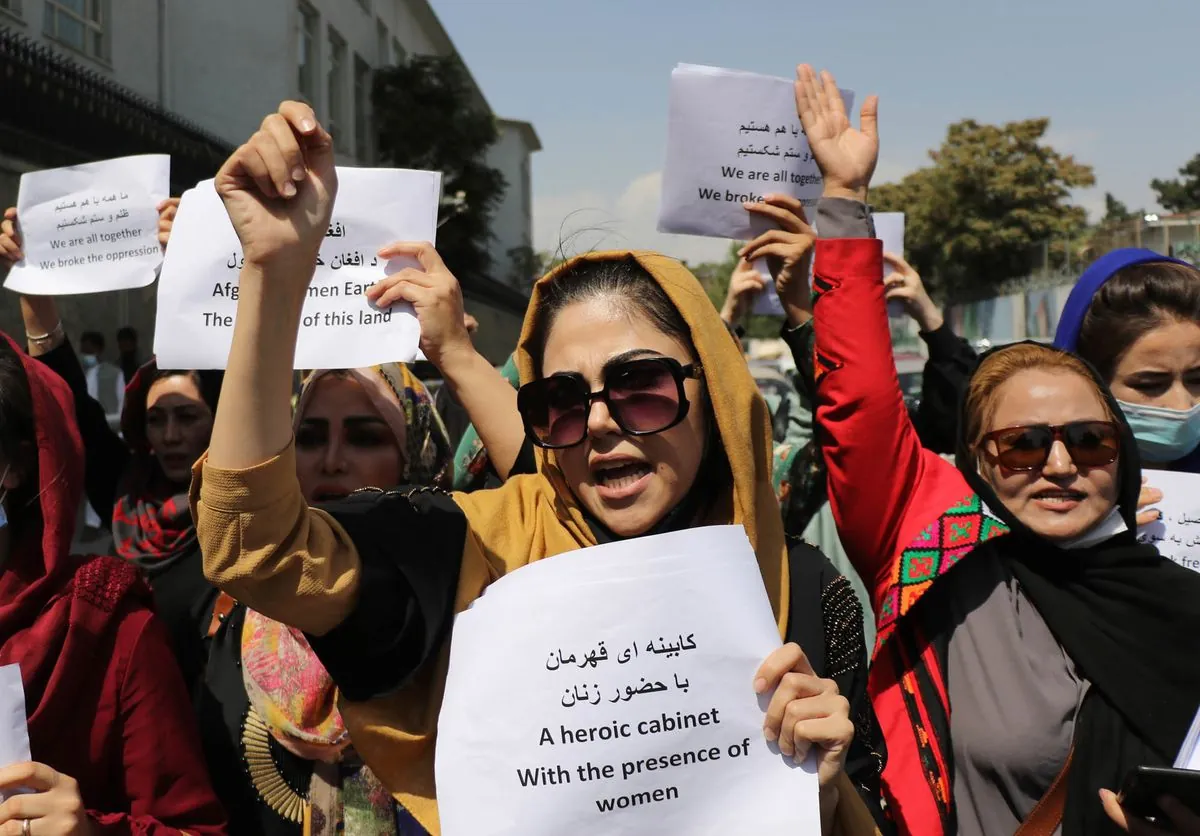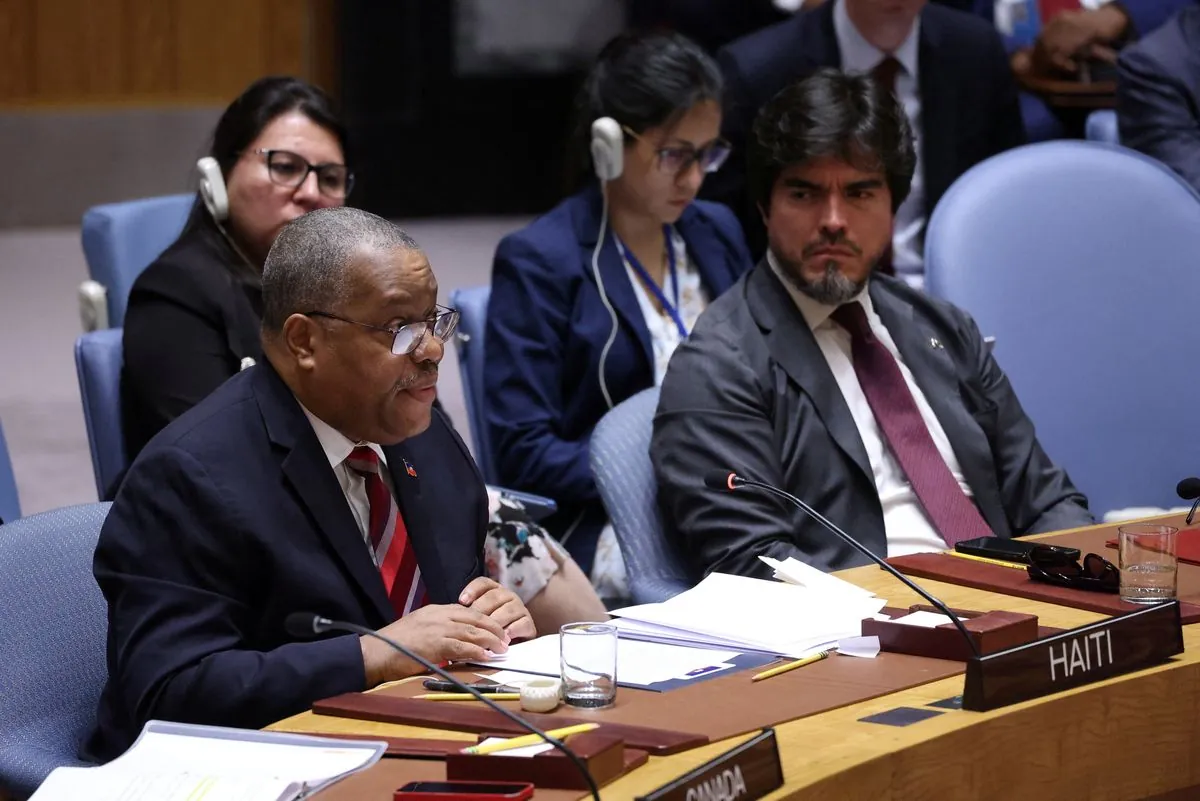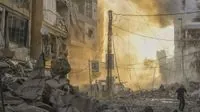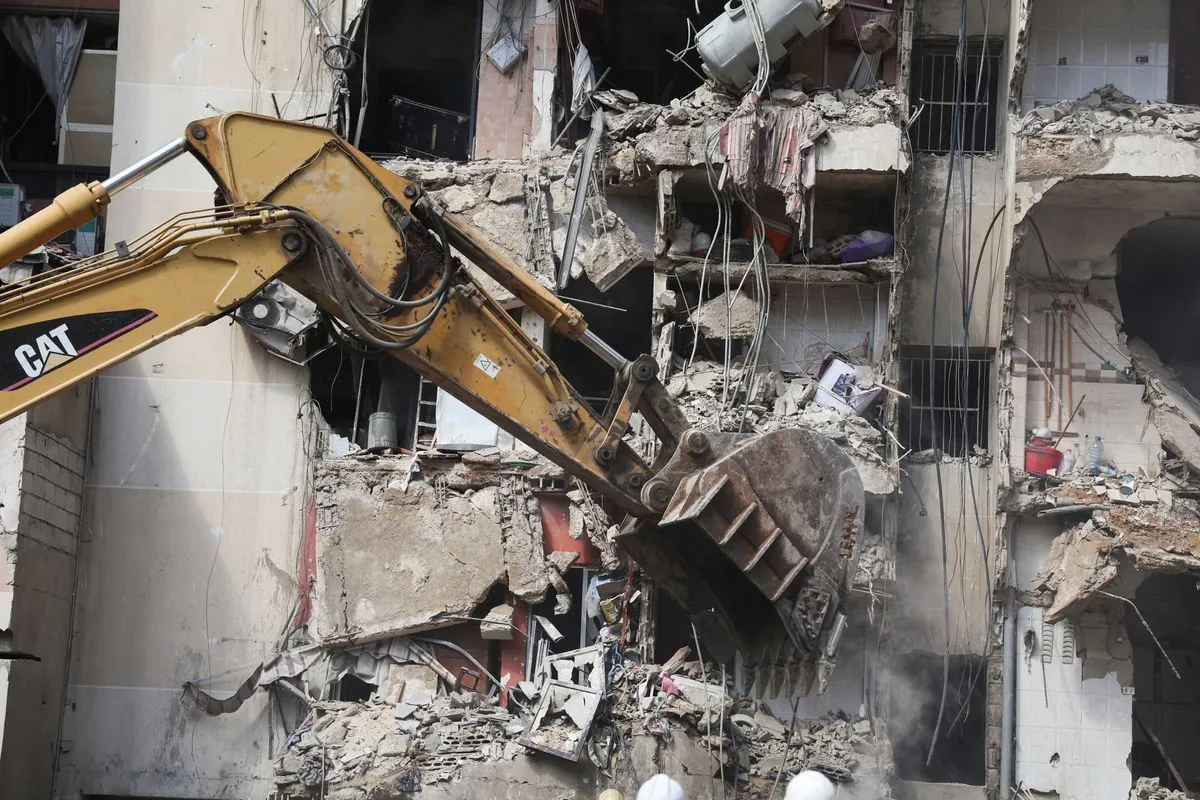Gaza's Rubble Mountain: A Year of Conflict Leaves Lasting Scars
After a year of intense conflict, Gaza faces unprecedented destruction with two-thirds of its buildings damaged or destroyed, resulting in 42 million tonnes of rubble and severe health risks.
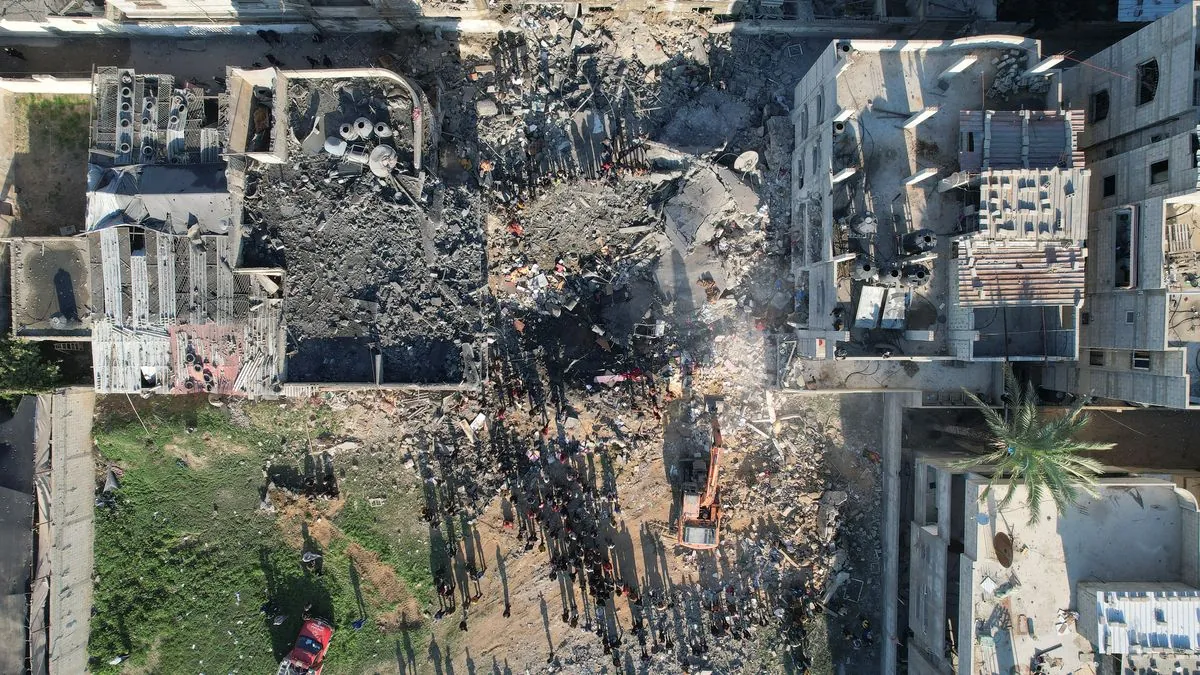
The Gaza Strip, one of the world's most densely populated areas, has endured a year of devastating conflict, resulting in widespread destruction and a myriad of challenges for its 2 million inhabitants. Two-thirds of Gaza's buildings now lie damaged or destroyed, leaving behind a staggering 42 million tonnes of rubble and posing significant health risks to the population.
This unprecedented level of destruction has severely impacted Gaza's already fragile infrastructure. The territory, measuring approximately 41 km long and 6-12 km wide, now faces even more acute shortages of essential resources. Water and electricity, which were already scarce before the conflict, have become even more limited. The coastal aquifer, Gaza's primary water source, is heavily polluted and depleted, exacerbating the water crisis.
The rubble left behind by the destruction presents not only logistical challenges but also serious health concerns. Dust particles from pulverized buildings can cause respiratory issues, while exposed asbestos and other hazardous materials pose long-term health risks. This situation is particularly concerning given Gaza's limited access to healthcare facilities and medical supplies.
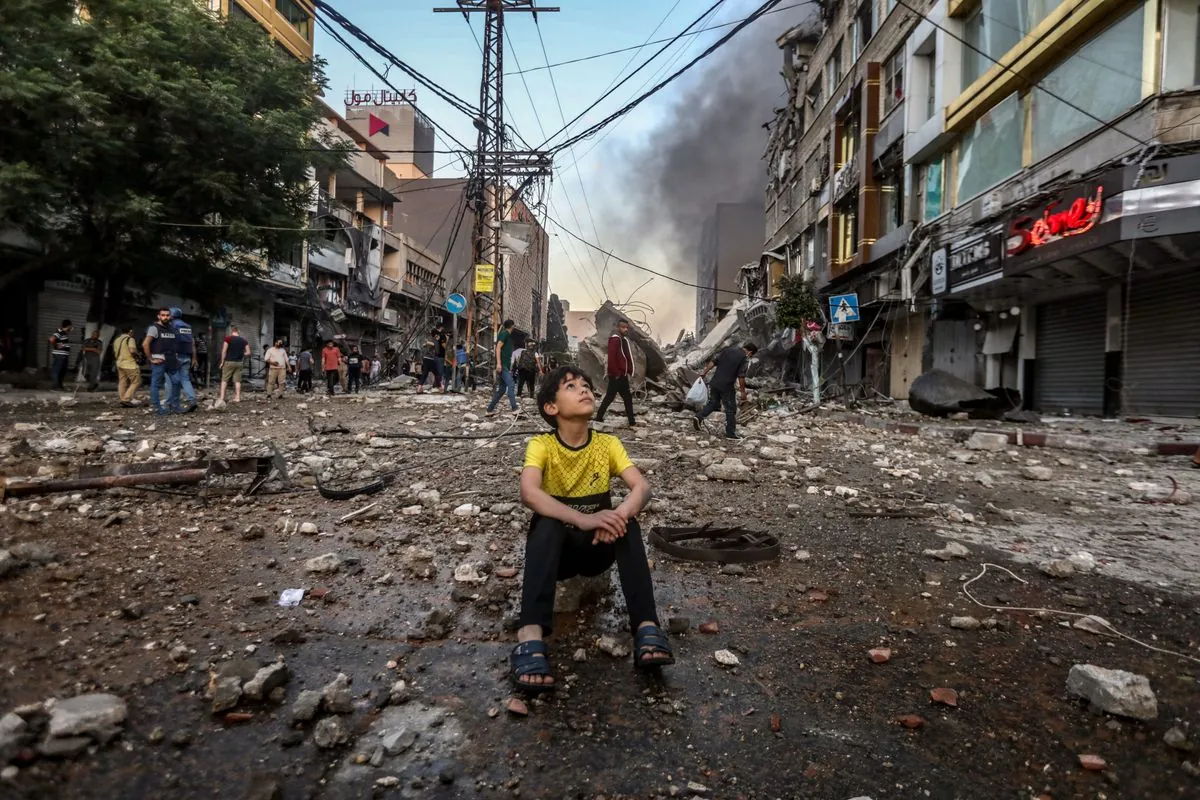
Reconstruction efforts face significant obstacles due to the ongoing blockade imposed by Israel and Egypt since 2007. The Rafah border crossing with Egypt, the main exit point for Gazans, remains restricted, limiting the influx of necessary building materials and equipment. This situation has contributed to Gaza having one of the highest unemployment rates in the world, further complicating recovery efforts.
The conflict has also dealt a severe blow to Gaza's economy. Key sectors such as agriculture, fishing, and small-scale manufacturing have been disrupted. Restrictions on imports of fertilizers and pesticides have affected the agricultural sector, while the fishing zone remains limited by Israeli naval forces.
Gaza's education system, already strained by previous conflicts and blockades, has suffered additional setbacks. Many schools have been damaged or destroyed, impacting the territory's high population of young people. The United Nations Relief and Works Agency (UNRWA) continues to provide essential services to Gaza's refugees, but faces increased challenges in meeting the growing needs.
The environmental impact of the conflict extends beyond the immediate destruction. Gaza's sewage treatment plants, often overwhelmed before the conflict, now struggle even more to cope with the increased demand. This situation, combined with the Mediterranean climate of hot summers and mild winters, raises concerns about potential disease outbreaks.
As Gaza grapples with this unprecedented crisis, the international community faces the challenge of addressing both immediate humanitarian needs and long-term reconstruction efforts. The sheer scale of destruction, coupled with Gaza's rich archaeological heritage now at risk, underscores the complexity of rebuilding not just infrastructure, but also the lives and futures of its residents.
The road to recovery for Gaza will be long and fraught with challenges. Addressing the mountain of rubble is just the first step in a process that will require significant resources, international cooperation, and a commitment to improving the lives of Gaza's resilient population.





